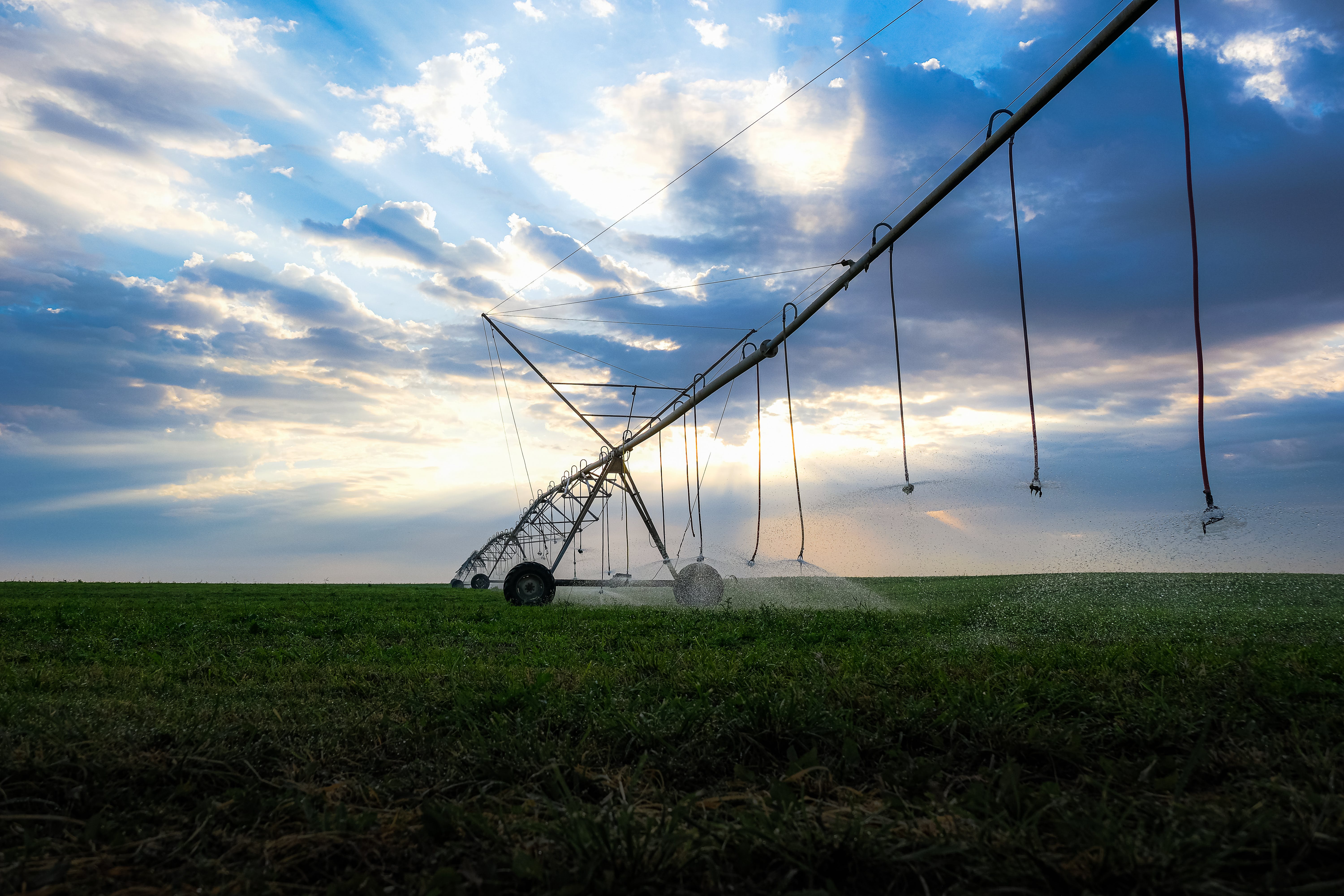Rehabilitation
.
Quarry Rehabilitation
Quarrying activities will be undertaken whilst enabling on-going use of the majority of the Site for farming activities. Simultaneous on-going rehabilitation of the quarried land will occur as quarrying of each phase ceases. The final rehabilitated level will be lower than the original ground surface but will be undertaken to a high standard to enable ongoing agricultural use of rehabilitated areas.
The rehabilitation will be guided by detailed, staged Rehabilitation Management Plans and an overarching Soils Management Plan. Each is discussed below.
Rehabilitation Management Plans
The quarry has a long-projected lifetime of 60+ years. It is therefore difficult to determine what future productive uses will look like. Consequently, a detailed rehabilitation management plan will be prepared for each phase of extraction activity and prior to commencing each subsequent quarrying phase in accordance with an overall landscape strategy. These rehabilitation management plans shall ensure on-going extraction activities facilitate a progressive staged rehabilitation of the Site.
Each rehabilitation management plan will identify:
- The final form of edge batters proposed to accommodate revegetation (average 1:2 slope), to assimilate changes in level within the Site through revegetation and ensure proposed revegetation will thrive;
- The final volumes of subsoil and topsoil required to rehabilitate batters and facilitate ongoing rural land use;
- Plant establishment and maintenance, including the following specifications:
- Establish a minimum 400mm depth of subsoil and topsoil supporting successful establishment of all planted areas;
- The specifications and schedules of planting;
- Means to ensure plants will be irrigated for at least two years after planting until established; and
- Pest protection to include the installation of combi-guards and/or predator proof fencing around areas of new planting for two years after establishment and ongoing means of monitoring plant success including pest eradication as necessary.
Soils Management Plan
Rehabilitation of the Site will require the reinstatement of at least 200mm depth of subsoil and 200mm of topsoil, comprising fine matrix soil materials, free of stones over 150mm and other coarse materials. The topsoil will contain up to 10% organic matter, nutrients, and fine matrix soil materials, being relatively free of large rocks to minimise barriers to plant roots. The placement of the soil on the shaped land surface is important and will be undertaken using light track-driven machinery or lighter quarry machines to achieve an approximately uniform stable thickness. If there is insufficient soil, then extracted/processed aggregate will be used.
The reinstated soils will be low in carbon and fertiliser will be required before and during pasture establishment, as well as dampening immediately after placement to minimise the risk of wind erosion. In addition, permanent or temporary irrigation will be reinstated on the rehabilitated areas and pasture established as soon as possible. The fine roots of pasture create soil structure by growing into new subsoil and coating cracks and pores. It is considered that after three years, with careful stock management, the soil will be suitable for a range of agricultural uses.
For more details please refer to Appendix 13 of the Application.

